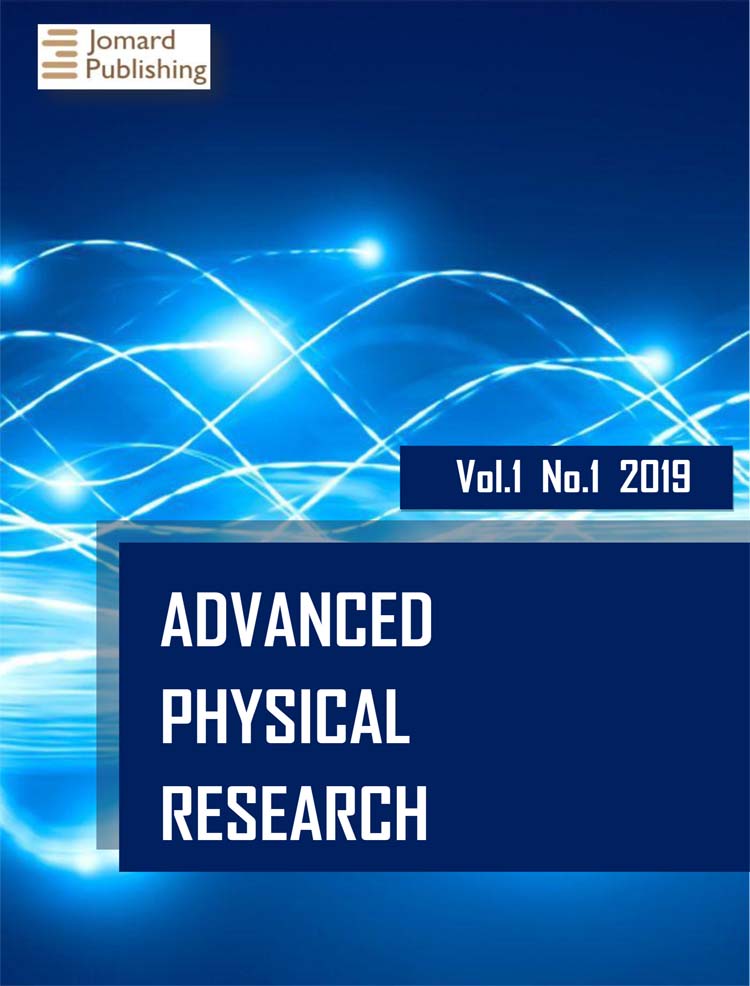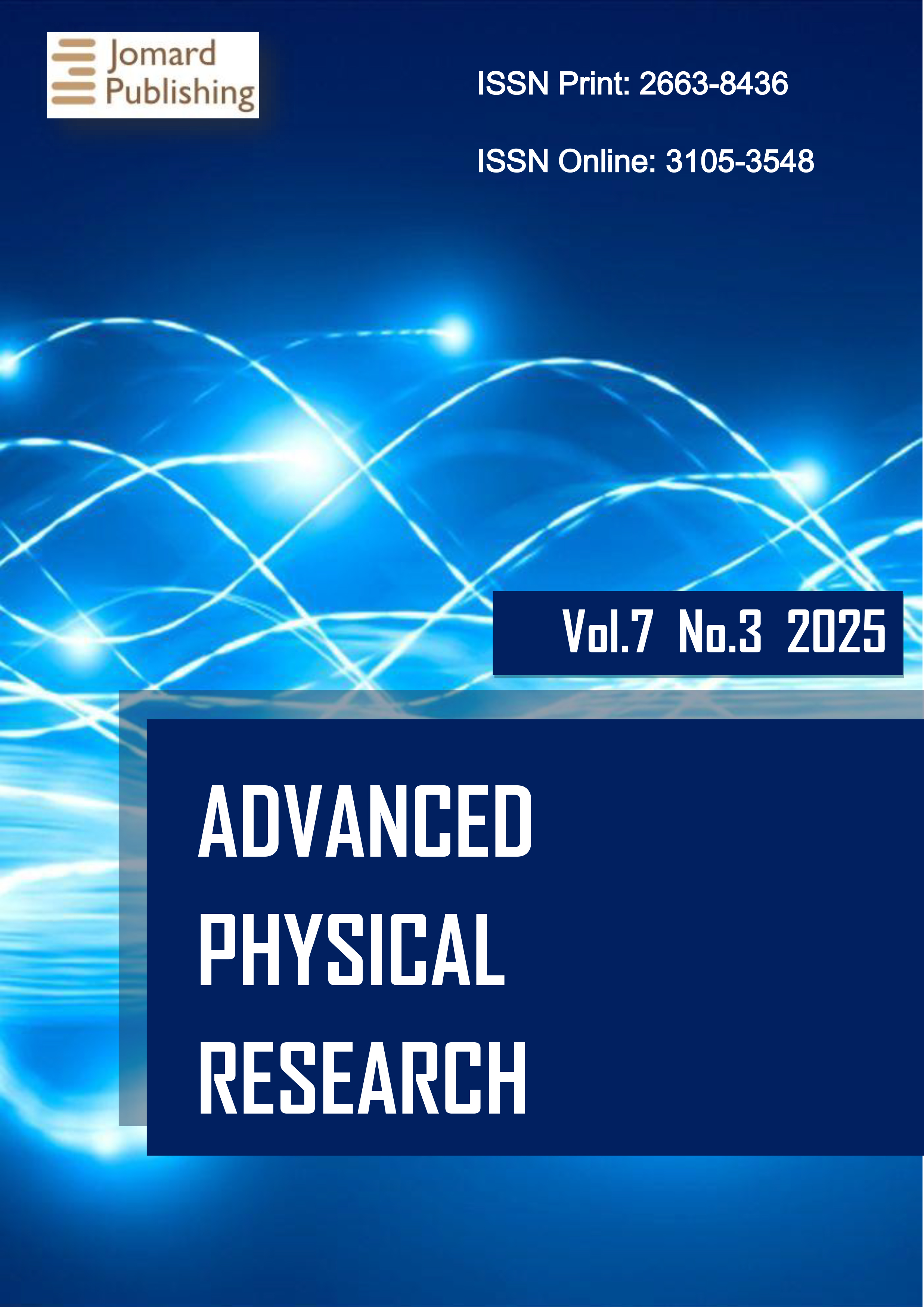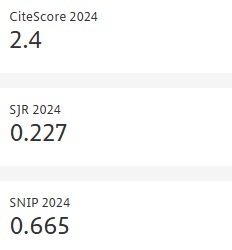Assessment of Radon Gas Concentration in Drinking Water of Schools in Al-Hillah City, Babylon Governorate, Iraq
- Published: 16-10-2025
Share
This study evaluates radon gas concentrations in drinking water samples collected from twelve schools located in the Hay Nadir neighborhood of Al-Hillah City, Babylon Governorate, Iraq. The measurements were conducted using a RAD7 electronic radon detector coupled with the RAD-H2O accessory. Radon concentrations ranged from 0.159 to 0.239 Bq/L, with a mean value of 0.175 Bq/L, which is significantly below the World Health Organization (WHO) guideline of 100 Bq/L. Statistical analysis showed limited variability between schools, with standard deviation and confidence interval values confirming the reliability of the dataset. Measurement uncertainty was assessed following the Guide to the Expression of Uncertainty in Measurement (GUM), and quality control protocols were strictly applied during calibration and operation. Health risk assessment indicated annual effective dose values (0.406–0.610 μSv/y) and lifetime cancer risk estimates (1.564 to 2.351) × 10-4, both of which are negligible compared to international reference levels. While the results demonstrate no immediate radiological risk, the study highlights the importance of long-term monitoring, seasonal investigations, and integration of geological and hydrogeological factors to better understand radon behavior in groundwater systems.
- View 229
- Downloads 32
- Saveds 0
- Citations (Crossref) 0


